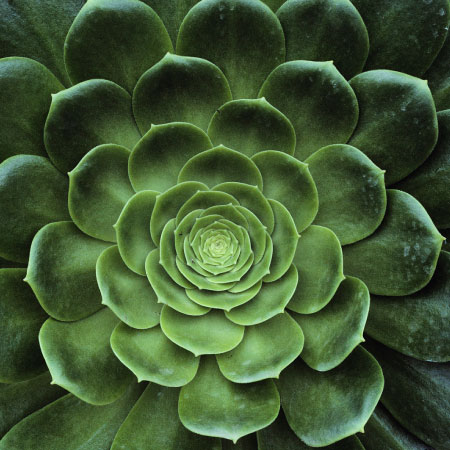Fusarium Spinach Wilt: How to Treat Fusarium Spinach Decline

Fusarium wilt of spinach is a nasty fungal disease that, once established, can live in the soil indefinitely. Fusarium spinach decline occurs wherever spinach is grown and can eradicate entire crops. It has become a significant problem for growers in the United States, Europe, Canada, and Japan. Read on to learn more about managing spinach with fusarium wilt.
About Fusarium Spinach Wilt
Symptoms of spinach fusarium usually affect older foliage first, as the disease, which attacks spinach through the roots, takes a while to spread throughout the plant. However, it can sometimes affect very young plants.
Infected spinach plants are unable to take up water and nutrients through the damaged taproot, which causes plants to turn yellow, wilt, and die. Spinach plants that manage to survive are usually severely stunted.
Once fusarium wilt of spinach infects the soil, it is nearly impossible to eradicate. However, there are ways to prevent the disease and limit its spread.
Managing Fusarium Spinach Decline
Plant disease-resistant spinach varieties such as Jade, St. Helens, Chinook II, and Spookum. The plants may still be affected but are less susceptible to fusarium spinach decline.
Never plant spinach in soil that has been infected, even if it’s been many years since the last crop was attempted.
The pathogen that causes fusarium wilt of spinach can be transmitted any time infested plant material or soil is moved, including on shoes, garden tools, and sprinklers. Sanitation is extremely important. Keep the area free of debris, as dead plant matter can also harbor spinach fusarium. Remove infected spinach plants before they flower and go to seed.
Sign up for the Gardening Know How newsletter today and receive a free copy of our e-book "How to Grow Delicious Tomatoes".
Water spinach regularly to prevent plant stress. However, irrigate carefully to avoid runoff, as spinach fusarium is easily transmitted to unaffected soil in water.

A Credentialed Garden Writer, Mary H. Dyer was with Gardening Know How in the very beginning, publishing articles as early as 2007.